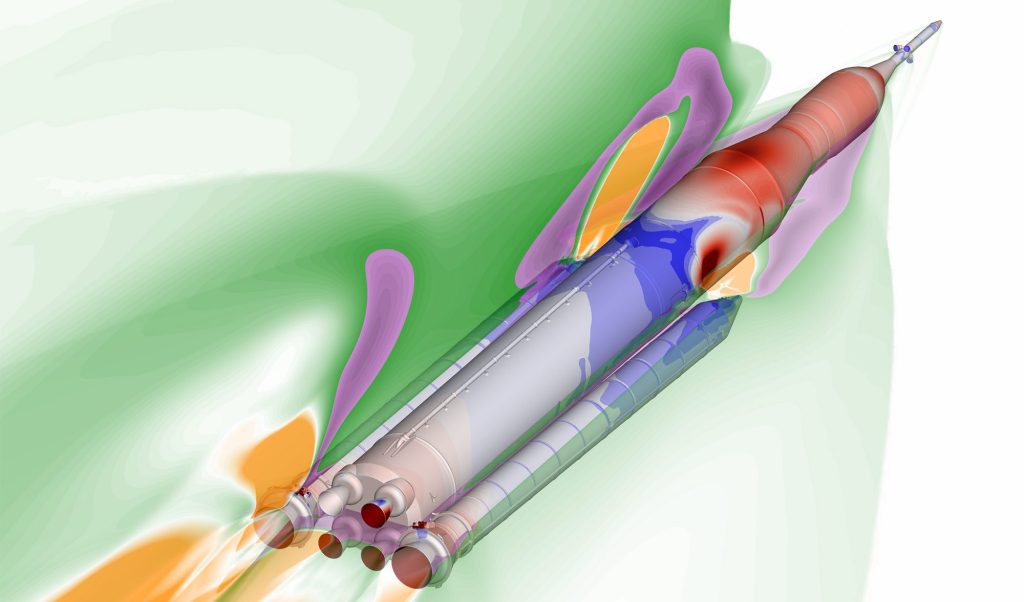Rover Results at Rocknest
| Language |
|
|---|
NASA's Curiosity Mars rover team wraps up its scientific study at Rocknest.
TRANSCRIPT
Hi, I’m Ashwin Vasavada, the deputy project scientist for the Mars Science Laboratory and this is your Curiosity rover update.
It’s been a momentous week for Curiosity. We’ve wrapped up our scientific study of Rocknest, which also means that we’ve completed the checkout and first scientific use of all our instruments on the rover and it truly is working great.
We began the Rocknest campaign by searching for a suitable drift of sandy sol using our Mastcam color cameras. We used out ChemCam laser and our APXS chemical sensor to do an initial technical analysis of the soil, determining whether it was similar to soils that we understand from Spirit and Opportunity and therefore safe for scooping and sending to our laboratories.
We use MAHLI, our hand lens imager to take close up views of the soil to look at different particle sizes, shapes and colors and how they change with depth.
We then scooped up the soil and analyzed it if our X-ray diffraction instrument that can identify minerals in the soil based on their unique crystal structure. But it turned out that a good amount of the material in the soil was not crystalline but that’s not a problem for our other laboratory, SAM.
SAM heated up the soil in an oven, measured various gases released as the soil components broke down, such as water, carbon dioxide, oxygen and sulfur.
Not surprisingly, the results show a composition that is typical of Mars soils studied at other sites with perhaps some very simple carbon containing molecules and perchlorate salts.
We haven’t yet seen any complex organic molecules but sand isn’t the best place to look.
Finally, it’s worth remembering that the big questions in science whether Copernicus finding that the Earth goes around the sun or Darwin showing that natural selection drives biological evolution, were answered only after many measurements were taken compared against one another and hypotheses were proposed and tested against data. Only then can the big picture emerge and the theory get accepted.
It’ll be no different for Curiosity in its mission to understand the habitability of ancient Mars at Gale Crater. There won’t be any single image or measurement that’ll answer everything. We’re in it for the long haul. But now we know that we have a fantastic rover, a great set of tools and a fully functional scientific payload. So let’s get on exploring.
This has been your Curiosity rover report. Please check back for more updates.

























